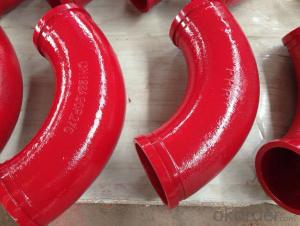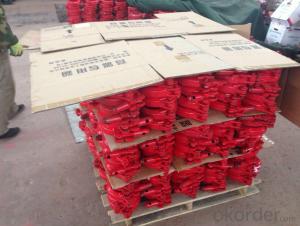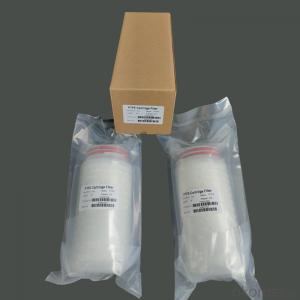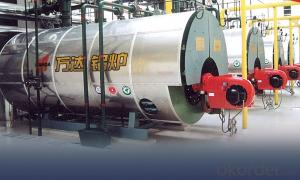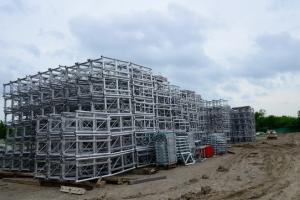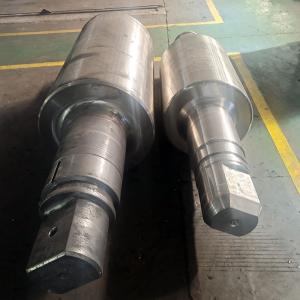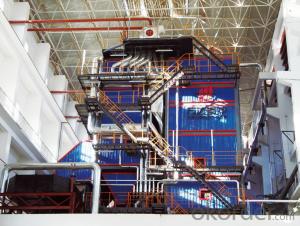CONCRETE DELIVERY ELBOW PM TYPE 90DEG R180 DN125
- Loading Port:
- Tianjin
- Payment Terms:
- TT OR LC
- Min Order Qty:
- 100 pc
- Supply Capability:
- 10000 pc/month
OKorder Service Pledge
OKorder Financial Service
You Might Also Like
concrete pump elbow table
Wear-resistant Single or Double Concrete Pump Elbow | |||||||
Type | Singe Elbow | Double Elbow | |||||
Model | DN125 | DN150 | DN175 | DN125 | |||
Material | Casting Steel ,ST52 | Inside | 40Cr | Outside | |||
Size | R275*90° | R275*90°+110 | 36° | F2000 | R275*90° | R275*90°+110 | |
R275*45° | R275*90°+211 | R400*30° | A3000 | R275*45° | R275*90°+211 | ||
R275*25° | R275*90°+411 | R400*45° | 471B | R275*25° | R275*90°+411 | ||
R275*20° | R275*90°+424 | R400*30° | 571B | R275*20° | R275*90°+424 | ||
R275*15° | R275*45°+170 | R488*90° | A1000 | R275*15° | R275*45°+170 | ||
R180*90° | R275*45°+310 | R500*90 | C1000 | R180*90° | R275*45°+310 | ||
R232*60° | R275*45°+310 | R280*90° | B2000 | R232*60° | R275*45°+310 | ||
R240*36° | 20°Lengthen | R240*36° | 20°Lengthen | ||||
R240*30° | 25°+740 | R240*30° | 25°+740 | ||||
R240*15° | 40°Zoomlion | R240*15° | 40°Zoomlion | ||||
R385*29° | R385*29° | ||||||
R315*33° | R315*33° | ||||||
Technic | Forged | ||||||
Average life | 25,000cubic | 50,000cubic | |||||
Appliciation | Used in concrete transport in construction work | ||||||
1.product profile:The double layer concrete pump elbow is developed by ourselves through new
technology and process.
2.characteristic:the inner layer of this concrete pump elbow undergoes heat treatment,and then the rigitiry can reach 62-65HRC.
3.characteristic:the outer layer of the concrete pump elbow possess good toughness properties
to protect the inner layer,so the security of the elbow is improved.
4.life:the experiment done abroad shows that the life of our concrete pump elbow can reach 35000-50000cbm,got the customers' praise
5.Beside the double layer concrete pump elbow,we produce all kinds of concrete pump parts,
straight pipe hose flange coupling and so on.
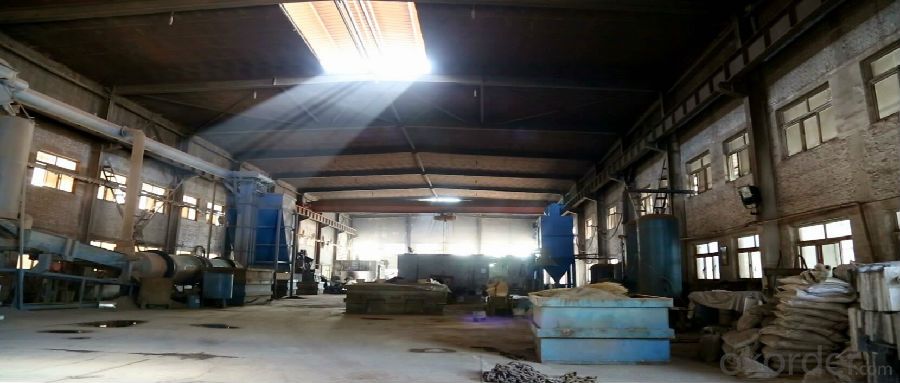
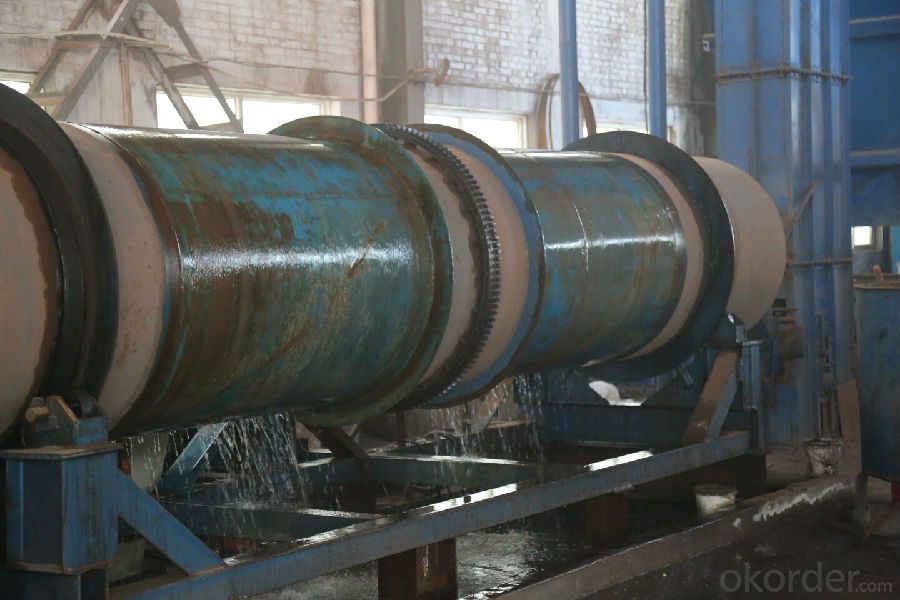

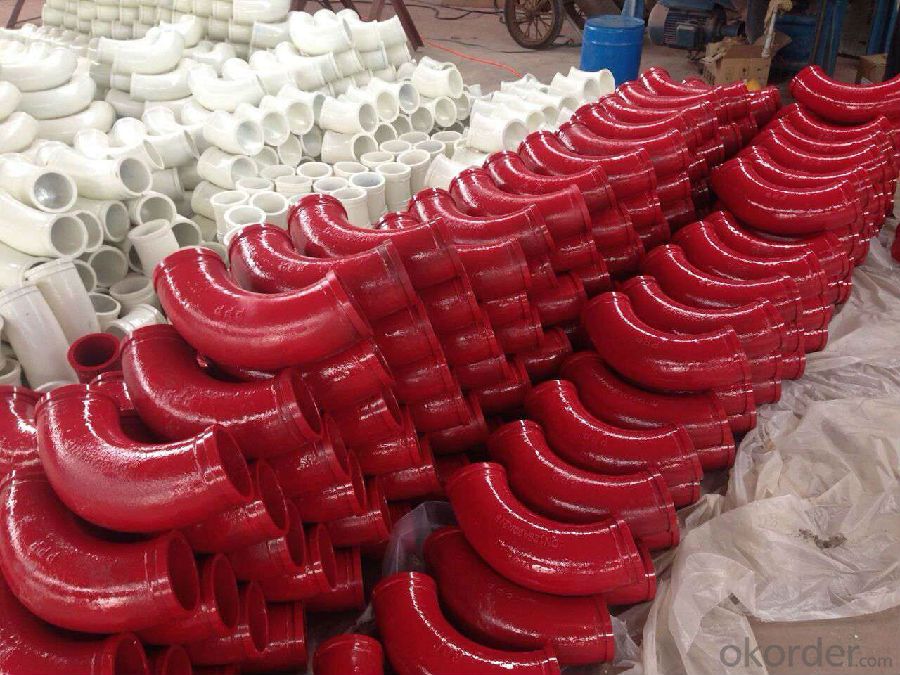
- Q:How often should concrete pump agitator motors be inspected and replaced?
- Regular inspections should be carried out on concrete pump agitator motors to ensure proper functioning and identify potential problems before they escalate. The frequency of inspections depends on factors such as workload and operating conditions. However, a general rule of thumb is to inspect the motors at least once per year or after every 500 hours of operation, whichever comes first. Monitoring the performance of the motors is crucial when considering replacement. If there are any indications of motor failure, such as overheating, excessive noise, or reduced efficiency, it may be necessary to replace the motor sooner rather than later. Additionally, if the motor fails any inspections or tests, immediate replacement is necessary to prevent safety hazards or disruptions in the concrete pumping process. Ultimately, prioritizing regular inspections and maintenance is key to prolonging the lifespan of the agitator motors and ensuring optimal operation. Following manufacturer guidelines, seeking advice from experts, and conducting routine checks will help determine the appropriate timing for inspections and replacements.
- Q:What is the function of a concrete pump outrigger?
- The function of a concrete pump outrigger is to provide stability and support to the concrete pump while it is in operation. The outrigger extends from the sides of the pump and is used to distribute the weight of the pump and concrete being pumped, preventing it from tipping over or causing any instability.
- Q:What are the indications of a damaged concrete pump boom?
- There are multiple signs that can indicate a damaged concrete pump boom. These signs encompass: 1. Physical damage that is visible: One of the most apparent indications of a damaged concrete pump boom is the presence of visible physical damage. This can manifest as cracks, dents, or deformities in the structure of the boom. It is crucial to take any signs of structural damage seriously as they have the potential to compromise the integrity of the boom. 2. Leaks: Another sign of a damaged boom is the occurrence of leaks. If you observe hydraulic fluid or water leaking from the boom, it could be an indication of damage to the hose or fitting. Leaks not only impact the pump's performance but also pose a safety hazard to the operator and those in the vicinity of the equipment. 3. Misalignment: A damaged boom might also display issues with misalignment. If the boom is not straight or appears to be bent at an unusual angle, it could signify damage. Misalignment can negatively affect the accuracy and efficiency of concrete placement, which could result in uneven or improper pouring. 4. Unusual noises: Unusual or excessive noises during operation can be a sign of a damaged boom. Sounds such as rattling, grinding, or squealing may indicate loose or worn-out components like pins, bushings, or bearings. It is important not to ignore these noises as they could worsen if not promptly addressed. 5. Decreased performance: A damaged boom can also lead to reduced performance. If you notice a decrease in pumping capacity or encounter difficulties in controlling the movement of the boom, it could signify damage. Poor performance can stem from various issues, including problems with the hydraulic system, structural damage, or worn-out parts. To conclude, regular inspections and maintenance of concrete pump booms are vital in order to identify any signs of damage. Addressing these issues promptly is essential to ensure the safety of operators, prevent further damage, and uphold the efficiency and performance of the equipment.
- Q:How do I properly maintain and replace hydraulic valves in concrete pump spare parts?
- To ensure the smooth operation and long life of your concrete pump spare parts, it is crucial to properly maintain and replace the hydraulic valves. Here are some guidelines to follow: 1. Conduct Regular Inspections: Regularly inspect the hydraulic valves for wear, damage, or leaks. Look for visible defects like cracks, corrosion, or other signs of deterioration. It is important to identify and address any issues early on to prevent further damage. 2. Maintain Cleanliness: Keep the hydraulic valves clean to prevent dirt, debris, or contaminants from entering the system. Use an appropriate cleaning agent and a lint-free cloth to wipe the valves and remove any buildup. 3. Ensure Proper Lubrication: Proper lubrication is vital for the smooth functioning of hydraulic valves. Consult the manufacturer's guidelines to determine the suitable lubricant and the recommended lubrication schedule. Apply the lubricant as instructed. 4. Promptly Replace Damaged Valves: If a hydraulic valve is beyond repair or excessively worn out, it is crucial to replace it promptly. Consult the equipment's manual or seek guidance from the manufacturer to identify the correct replacement valve. Make sure the replacement valve matches the required specifications for your concrete pump. 5. Seek Professional Assistance: While operators can handle some maintenance tasks, it is advisable to seek professional assistance for complex maintenance and replacement procedures. Professional technicians possess the expertise and knowledge to handle hydraulic valves safely and effectively. 6. Prioritize Safety: Always adhere to proper safety protocols when working with hydraulic valves. Release all pressure and fully depressurize the system before attempting any maintenance or replacement. Wear appropriate personal protective equipment, such as gloves and safety goggles, to safeguard yourself from potential hazards. In conclusion, regular maintenance, timely replacement, and adherence to safety guidelines are crucial for maintaining and replacing hydraulic valves in concrete pump spare parts. By following these steps, you can ensure the reliable and efficient operation of your equipment.
- Q:How often should hopper grate levers be inspected or replaced in a concrete pump?
- To ensure the proper functioning and prevent potential issues, it is necessary to regularly inspect the hopper grate levers in a concrete pump. The frequency of inspections may vary based on factors such as usage intensity, material being pumped, and operating conditions. However, a general recommendation is to conduct inspections at least once every six months or after every 500 hours of operation. During the inspection, carefully examine the hopper grate levers for signs of wear, damage, or misalignment. If any issues are identified, it is crucial to promptly replace the levers to prevent further damage to the hopper grate system or potential safety hazards. To ensure optimal performance and durability, it is essential to utilize high-quality replacement parts specifically designed for the concrete pump model. By conducting regular inspections and timely replacements of hopper grate levers, the efficiency and reliability of the concrete pump can be maintained, minimizing downtime and expensive repairs.
- Q:How can a faulty boom affect the concrete placement process?
- A faulty boom can have significant implications on the concrete placement process. Firstly, it can compromise the safety of the workers involved. A faulty boom may not be able to support the weight and pressure exerted by the concrete, leading to potential collapse or failure, endangering the lives of the workers present at the site. Secondly, a faulty boom can result in inaccurate and uneven concrete placement. The boom's malfunctioning parts may cause the concrete to be discharged at incorrect angles or distances, leading to uneven distribution and an inconsistent concrete surface. This can affect the structural integrity and aesthetics of the final product. Additionally, a faulty boom can lead to delays and disruptions in the concrete placement process. If the boom breaks down or malfunctions during the operation, it will require repairs or replacement, causing downtime and potentially halting the construction work. This can result in project delays, increased costs, and overall inefficiency. Lastly, a faulty boom can result in wastage of concrete. If the boom is not functioning properly, it may not be able to control the flow and discharge of the concrete accurately. This can lead to spills, overflows, or excessive pouring, resulting in unnecessary wastage of concrete material. This not only increases project costs but also has environmental implications. Overall, a faulty boom can have severe consequences on the safety, accuracy, efficiency, and cost-effectiveness of the concrete placement process. It is crucial to ensure that booms are regularly inspected, properly maintained, and promptly repaired to mitigate any potential risks and ensure smooth concrete placement operations.
- Q:Are there any specific recommendations for the inspection and testing of concrete pump spare parts?
- Yes, there are specific recommendations for the inspection and testing of concrete pump spare parts. Firstly, it is important to visually inspect the spare parts for any signs of damage, such as cracks, dents, or excessive wear. This can be done by carefully examining the parts and looking for any irregularities or abnormalities. Next, it is recommended to conduct non-destructive testing (NDT) to ensure the integrity and quality of the spare parts. NDT methods such as ultrasonic testing, magnetic particle testing, or dye penetrant testing can be used to detect any hidden defects or flaws in the parts. These tests can help identify potential issues that may affect the performance or safety of the concrete pump. In addition, it is advisable to check the dimensions and tolerances of the spare parts to ensure they meet the manufacturer's specifications. This can be done using precision measuring tools and comparing the measurements with the required specifications. Any deviations should be noted and addressed accordingly. Furthermore, functional testing should be conducted to ensure the spare parts are operating as intended. This can involve installing the parts in the concrete pump and carrying out various tests to verify their functionality and performance. For example, the pump can be tested for its flow rate, pressure, and efficiency to ensure optimal performance. Lastly, it is crucial to follow the manufacturer's guidelines and recommendations for the inspection and testing of concrete pump spare parts. These guidelines may provide specific instructions and procedures for inspecting and testing each type of spare part, ensuring that they are done accurately and safely. It is important to consult the manufacturer's documentation and seek professional advice if needed.
- Q:How long do concrete pump rubber hoses typically last?
- The lifespan of concrete pump rubber hoses can vary depending on a few factors. On average, concrete pump rubber hoses typically last between 5 to 10 years. However, this estimate can be influenced by factors such as the quality of the hose, the frequency and intensity of use, the type of concrete being pumped, and the maintenance and care provided to the hose. Regular inspection and maintenance are crucial to extending the lifespan of concrete pump rubber hoses. This includes checking for signs of wear and tear, such as cracks, abrasions, or bulges, and promptly addressing any issues. Proper storage and handling are also important to prevent unnecessary damage. Avoiding excessive bending, kinking, or dragging the hose can greatly extend its lifespan. It is worth noting that certain conditions, such as exposure to extreme temperatures, abrasive materials, or chemicals, can accelerate wear and shorten the lifespan of the hose. Therefore, it is essential to consider these factors when determining the expected longevity of a concrete pump rubber hose. Ultimately, while concrete pump rubber hoses generally have a lifespan of 5 to 10 years, the durability and longevity can be influenced by several factors. Proper maintenance, care, and consideration of the operating conditions can significantly extend the life of the hose and ensure its safe and efficient use.
- Q:What is the function of a concrete pump hopper grate handle?
- The main purpose of a handle on a concrete pump hopper grate is to manually control the opening and closing of the grate. The grate is an essential part of the pump as it allows concrete to enter the pumping system. By using the handle, the operator can adjust the position of the grate in order to control the flow of concrete and prevent any large debris or foreign objects from entering the system. This is crucial for ensuring the smooth operation of the pump and maintaining the quality of the pumped concrete. Additionally, the handle provides easy access to the grate for maintenance and cleaning purposes. Overall, the handle on the concrete pump hopper grate plays a crucial role in regulating the flow of concrete and ensuring the efficiency and reliability of the pumping process.
- Q:How can a malfunctioning control box affect the pump's operation?
- The operation of a pump can be negatively affected by a control box that malfunctions. Initially, it can lead to an imprecise or inconsistent control of the pump's functions. This implies that the pump may not initiate or halt at the desired moments or operate at the correct velocity, resulting in ineffective or insufficient pumping. Furthermore, a control box that malfunctions can cause electrical problems, resulting in power fluctuations or even power surges. These electrical complications can harm the pump's motor or other components, leading to premature deterioration or complete malfunction. Moreover, a malfunctioning control box can also disrupt the communication between the pump and other systems. This can impact the pump's capacity to receive or transmit signals, resulting in a lack of synchronization with other equipment or systems that depend on the pump's operation. This lack of synchronization can result in system failures or interruptions in the overall process or operation that the pump supports. In conclusion, a malfunctioning control box can have adverse effects on the operation of a pump including imprecise control, electrical problems, and disruption of communication with other systems. It is essential to regularly inspect and maintain control boxes to prevent these malfunctions and ensure the reliable and efficient operation of pumps.
1. Manufacturer Overview |
|
|---|---|
| Location | |
| Year Established | |
| Annual Output Value | |
| Main Markets | |
| Company Certifications | |
2. Manufacturer Certificates |
|
|---|---|
| a) Certification Name | |
| Range | |
| Reference | |
| Validity Period | |
3. Manufacturer Capability |
|
|---|---|
| a)Trade Capacity | |
| Nearest Port | |
| Export Percentage | |
| No.of Employees in Trade Department | |
| Language Spoken: | |
| b)Factory Information | |
| Factory Size: | |
| No. of Production Lines | |
| Contract Manufacturing | |
| Product Price Range | |
Send your message to us
CONCRETE DELIVERY ELBOW PM TYPE 90DEG R180 DN125
- Loading Port:
- Tianjin
- Payment Terms:
- TT OR LC
- Min Order Qty:
- 100 pc
- Supply Capability:
- 10000 pc/month
OKorder Service Pledge
OKorder Financial Service
Similar products
New products
Hot products
Related keywords

